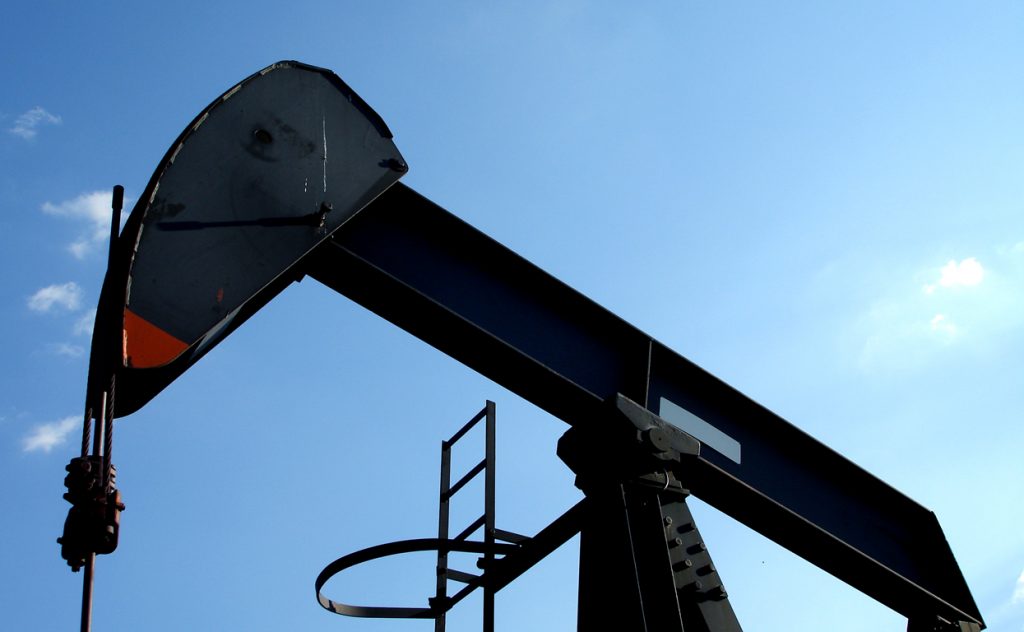The Crude Oil price has reached $147,3 in July 2008, just before having a historical price drop to $32, which has really affected the overall upstream market activities. The current previsions for 2018 and beyond are around $55-$65 and seems to be realistic numbers to consider for the next three years and beyond.
Some countries such has USA, Norway, and also Indonesia have been focusing on improving their production cost and their production capacity. It seems clear that $50 should be considered as a “cut off price”, when estimating the economical aspect of any project.
The situation in Middle East may push the oil price back to what it used to be before 2008 by cutting off their volume of production. In reality the production cost is today around 10$ to 15$ a barrel. The oil price variation is then link to elements such as the production processes, local and safety regulation and commercial rules.
Such scenario has pushed the major Oil companies to reconsider their production costs and their wells management strategy, but also to diversify their portfolio of services and to really invest in the development of alternative energies programs. It will also directly impact on a global scale the CAPEX value for the Oil & Gaz projects in 2018 and beyond, which already represent far less than just 4 years ago.
As a result, the upstream market services prices are now under pressure; Pushing the key players on this market to adjust their commercial offer and their operational costs down.
The Oil companies are more eager to spend on the Oil discovery projects and new decision-making tools, including the data acquisition and data management solution.
The crude oil extraction cost, represent a long-term commitment for the oil companies, which has put a lot of effort to renegotiate the existing service agreement terms, because the significant crude oil price variation was directly impacting their revenues and net margin.
Oilfield service companies:
The oilfield service companies have reorganised their business model and put aside the seismic exploration activities. They are now focusing on the management of onshore and offshore wells management activities which will remain a high demand in the current market and tomorrow. The services proposed are including cementing, logging, well characterisation and the development of services around the well production management, and wells stimulation tools.
In order to meet the market situation, the new requirement is to extract more volume of Crude Oil from the wells currently in production and to improve the well management cost, before moving to another well and drilling project. Moving from 60% to +80% of the oil reserve extraction.
Drilling Companies:
Automation of the drill floor seems to be one of the solutions, here although the technical solution needs to be evaluated and adjusted to meet all operational requirement of the clients and well structure. Such solution could not go without the utilisation of specific drill pipes connections.
Optimisation of the power generation on board the rigs, is also a key element of the good and safe operations, with the utilisation of multiple power generators sources and the improvement of technology regarding the power storage solutions. It’s important to point out that a power supply variation on the rig may reduce the rig drilling capability during operations and could end up with a drilling line stuck and the rig pumps system not performing as expected.
Digitalisation and remote monitoring of the drilling activities will allow the oilfield drilling service companies to disrupt the way there are managing their fleet of equipment, now allowing remote management of stocks, equipment and cost maintenance optimisation by the utilisation of data collection and the definition of new utilisation model based on the utilisation of machine learning solutions allowing to predict the operational cost based on experience.
New customers’ need, have also initiated the decision de scrap the oldest rigs, including high operating cost and low drilling capabilities rigs.
The need to purchase new equipment in order to improve the current rigs capabilities in production, will certainly push the supplies market activities up, and will put the newly designed rigs at the front of the market needs.
Safety of operation and BOP management, remain a big focus for drillers
FPSO Market:
The FPSO and offshore support vessels companies have seen their daily rates reduced by 25% thru the years, creating the need for an optimised cost solution, in order to optimise the fleet operating cost.
Digitalisation and remote management of the vessel’s equipment is the solution as it will represent a significant cost operating reduction here.
Maritime & Maritime Seismic Market:
The maritime seismic market has known very deep changes and have seen majors players changing their overall company strategy, in order to meet the new requirement of the market situation.
The traditional 3D/4D companies are working on the vessel design modification and the cost reduction of data acquisition by increasing the volume of data acquisition capability on the new units. (for example increase of streamers lines numbers and capabilities).
The key projects are about the power supply management on board which is powering the propulsion systems, becoming more efficient also. In addition, the new power management systems on board are becoming more efficient and are allowing to reduce the overall power consumption, MGO consumption and Nox emissions, which are having a direct impact on the Seismic companies net profits.
Acquiring more data, means having the capacity for the Seismic vessels to to process and transfer more data onshore.
Data Management on board the vessels in general is a very interesting topic, as it does include the production of seismic data for the clients, such as 2D/3D/4D seismic data and the maritime equipment data management, including propulsion systems, power plan and power distribution systems, positioning equipment, stocks management and others systems onboard.
Monitoring solution of equipment are providing real time information about the current status of the vessel equipment and are allowing the onshore technical teams to improve the equipment reliability, the maintenance interval (MTBF), reduce the vessels consumption and the Nox emissions by adjusting remotely the equipment load and parameters.
Also new directions such as alternative energy solutions, including Wind and Solar power generation are under evaluation, in order to continue to reduce the vessels consumption and reduce the emissions.
Moving forward:
The development of 4D acquisition service, improving the wells management cost and the production of 3D data base for multi clients at a more competitive cost.
Offshore drilling rig with better performance and drilling capabilities.
Fully integrated digital solutions like ERP and MRO, will allow to streamline the equipment utilisation with the equipment conditions management and will help to optimise all the maintenance activities (MTTR + MTBF), in order to optimise the assets reliability, performance and TCO, including the manufacturing process, purchases and storage of spares parts.
As a general rule the most effective solutions and most innovative design, will certainly allow the key players to improve their operational cost and net margin and to be more competitive on this challenging market.
Also pushing up the purchasing activities, and the need to control the operational expenses in the current market situation, and in various part of the world where services are less accessible.




